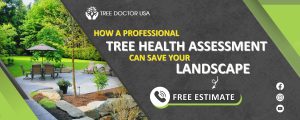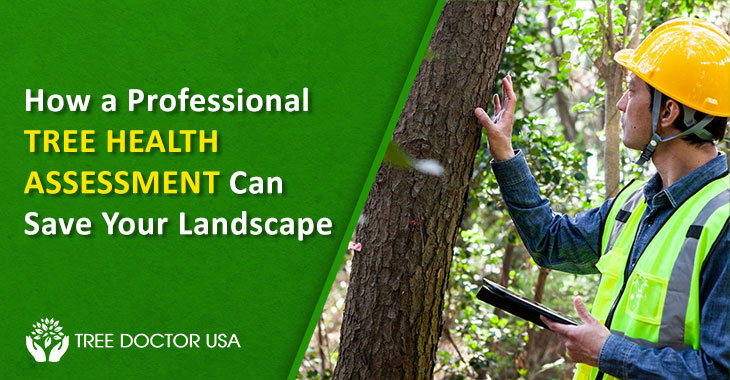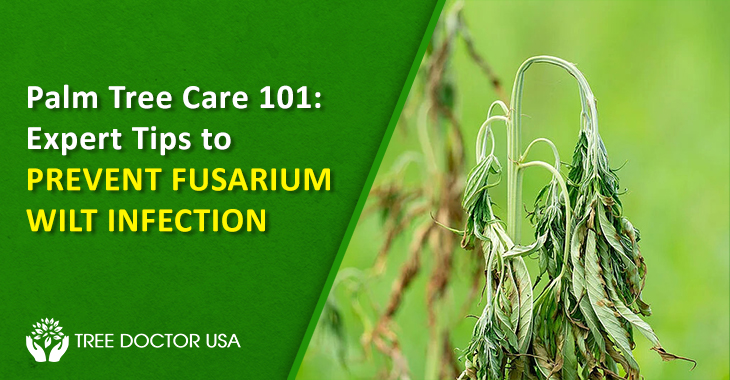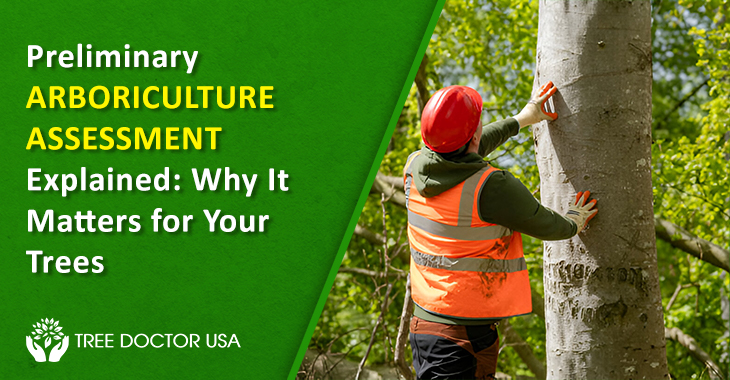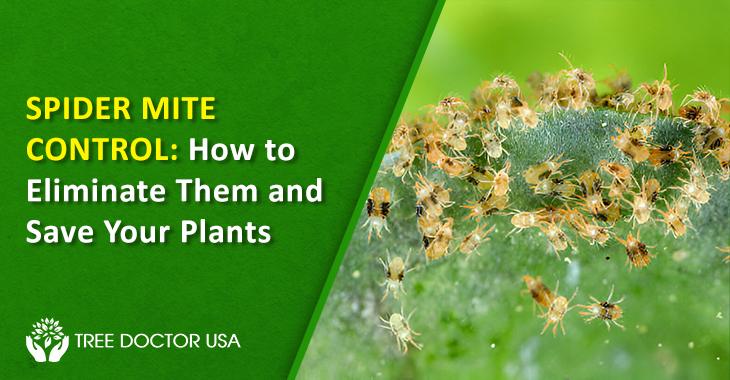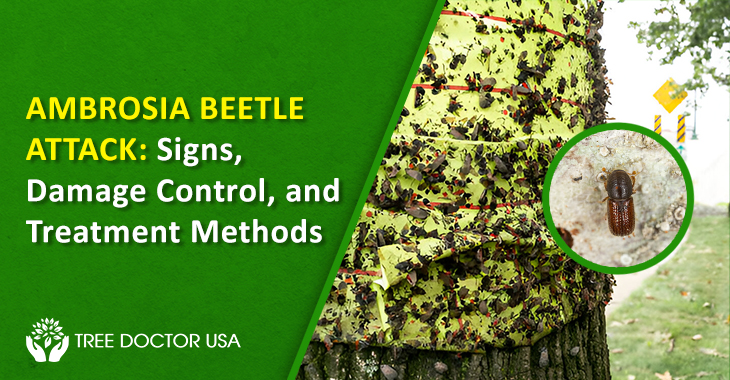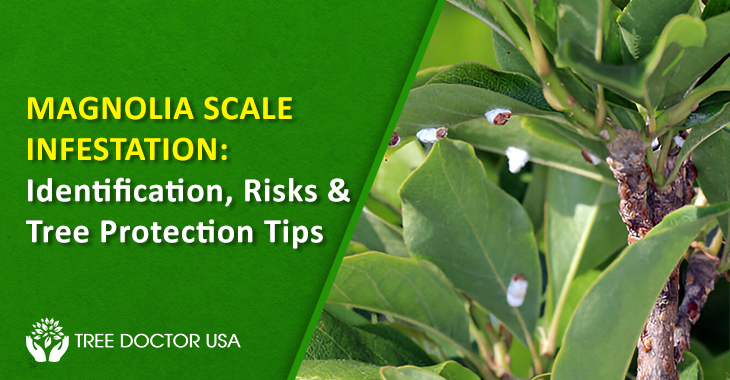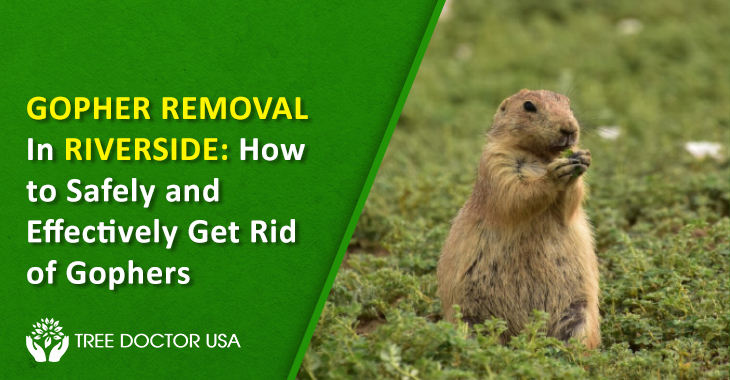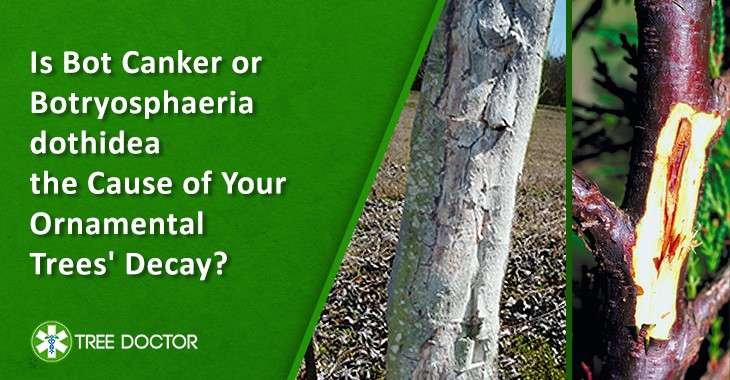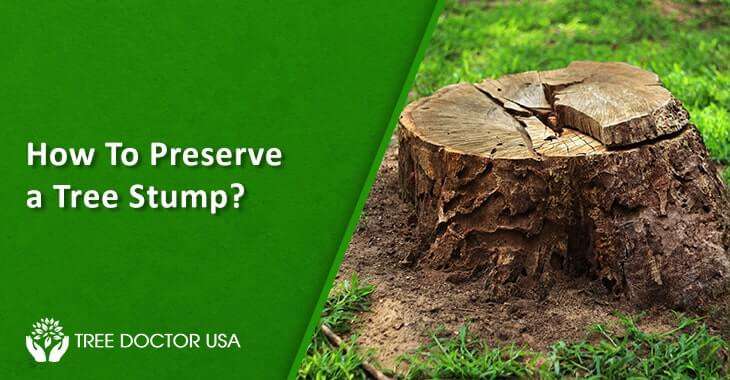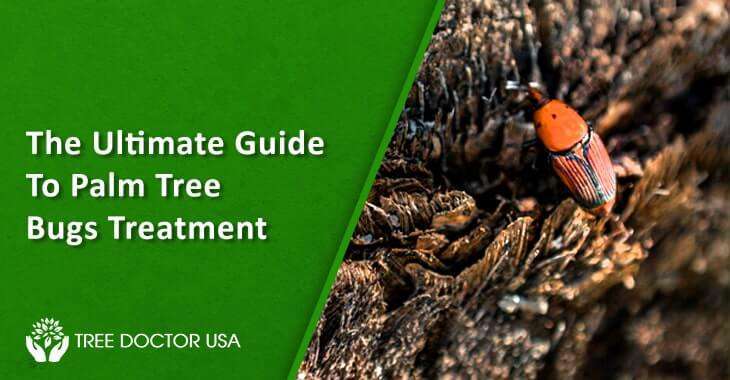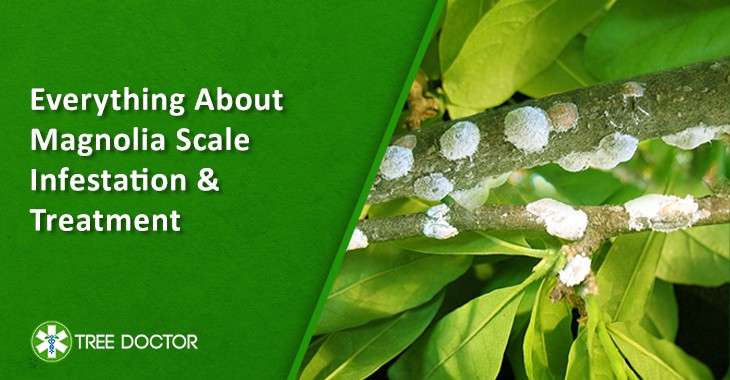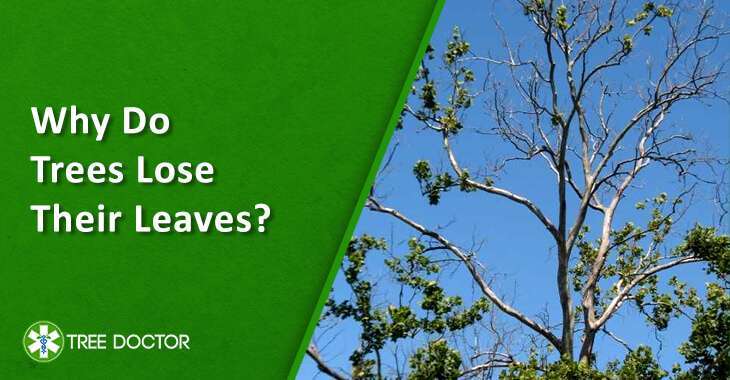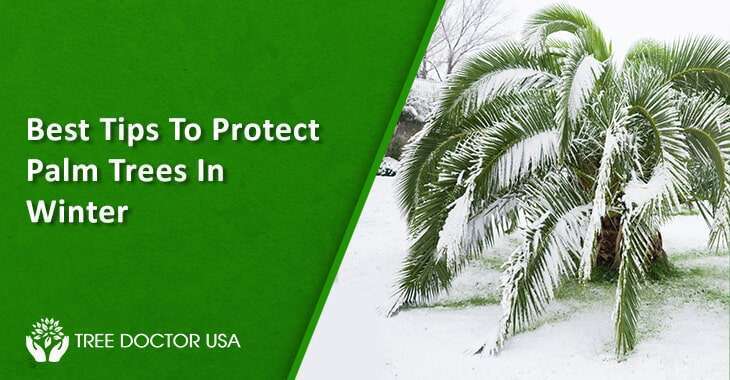How a Professional Tree Health Assessment Can Save Your Landscape
Trees are vital to your landscapes, providing beauty, shade and oxygen. Just like people, trees need regular check-ups to stay healthy and thrive. In this guide, you can explore why tree health assessment is essential and what signs to look for in unhealthy trees. Furthermore, examining the factors before hiring a tree healthcare professionals can make all the difference in preserving our precious trees.
Symptoms Your Tree Needs Tree Health Assessment
Wilting Leaves
If a tree’s leaves look droopy, dry, or discolored, it could mean the tree isn’t getting enough water or nutrients.
Dead Branches
When branches on a tree don’t have any leaves or look brittle and dry, it could be a sign that part of the tree is dying.
Bark Damage
If a tree’s bark is cracked, peeling or has holes in it, it might be a sign of disease or pest infestation.
Fungal Growth
Mushrooms or other strange growths on the trunk or around the base of a tree can indicate decay or rot inside the tree.
Insect Activity
If you see lots of bugs crawling on a tree or notice holes in the leaves or bark, it could mean insects are damaging the tree.
Unstable
A tree that leans to one side or has roots lifting out of the ground might be at risk of falling over, especially in bad weather.
Causes of Tree Diseases or Damages
Pests
Tiny insects like beetles or mites can attack trees, eating their leaves or burrowing into their bark. Furthermore, this can weaken the tree and make it more susceptible to diseases.
Fungi
Some fungi, like mold or mildew, can grow on trees, especially if the weather is wet or humid. These fungi can also rot the wood or block the tree’s ability to get nutrients.
Bacteria
Certain bacteria can infect trees through wounds or cuts in the bark. Moreover, it can cause diseases that weaken the tree and make it more likely to die.
Environmental Stress
Trees can become stressed if they need more water, sunlight, or nutrients. Pollution, extreme temperatures, or changes in the soil can also stress trees and make them more vulnerable to diseases. Hence, they need emergency tree care in San Diego.
Physical Damage
Storms, construction, or accidents can damage a tree’s branches, trunk, or roots. This damage can also open up entry points for pests, fungi, or bacteria to invade the tree and cause further harm.
Poor Care
Trees that aren’t adequately cared for, such as ones that aren’t pruned or fertilized regularly, are more likely to get sick or damaged.
Benefits of Professional Tree Health Assessment
Early Detection of Problems
When a professional checks your trees, they can catch any issues early before they get worse. Moreover, this helps prevent big problems later on.
Preventing Tree Damage
Finding and fixing problems early can prevent trees from getting sick or dying. Healthy trees are also more robust and less likely to break or fall over in storms.
Keeping Your Place Beautiful
Healthy trees make your yard look lovely and provide shade and beauty. Hence, regular check-ups can help keep your landscape green and vibrant.
Saving Money
Fixing minor problems is usually cheaper than dealing with big ones. Moreover, catching issues early can save money on tree care in the long run.
Protecting Property Value
Trees add value to your property, but sick or damaged trees can bring it down. Keeping your trees healthy with professional help can help maintain or even increase your property’s value.
Preserving Wildlife Habitat
Trees provide homes and food for birds, squirrels, and other animals. Moreover, keeping your trees healthy helps support local wildlife populations. Hence, contact emergency tree care in San Diego.
Promoting Environmental Health
Trees clean the air, provide oxygen, and help control erosion. Healthy trees also contribute to a healthier environment for everyone.
Assessment Tools and Techniques Used by Professionals
Visual Inspection
Professionals look at your trees carefully to see if there are any obvious signs of problems, such as wilting leaves, dead branches, or strange growths.
Soil Testing
They might take soil samples around your trees to check for the proper nutrients and pH levels. Healthy soil helps trees grow strong and stay healthy.
Tree Climbing
Sometimes, professionals need to climb into the trees to examine the branches, leaves, and bark more closely. This helps them spot issues that might be hard to spot from the ground.
Pruning and Trimming
Trimming away dead or diseased branches can help keep trees healthy and prevent problems from spreading. Professionals use special tools to prune trees safely and effectively.
Diagnostic Tools
Some professionals use tools like microscopes or unique cameras to get a closer look at tree tissues or pests that might be causing problems.
Aerial Inspection
Professionals may use drones or other aerial equipment to inspect trees from above. This can help check large or hard-to-reach trees.
Factors to Consider Before Hiring a Professional Company for Tree Health Assessment
Experience
Check if the company has experience in assessing and caring for trees. More experience usually means they know what they’re doing.
Qualifications
Make sure the company has trained and certified arborists on staff. These experts in tree care can give you the best advice for keeping your trees healthy.
Insurance
Ask if the company has insurance if something goes wrong during the assessment or if they do any work on your trees. However, this protects you and your property.
References
See if the company can provide references from satisfied customers. This can give you an idea of what to expect from their service.
Services Offered
Check what services the company offers besides tree health assessment. It’s convenient to hire a company that can also help with tree care, pruning, or removal if needed.
Equipment
Make sure the company has the right tools and equipment for the job. This will ensure that the assessment is thorough and accurate.
Communication
Choose a company that communicates well and listens to your concerns. You want to work with people who understand your needs and can answer your questions.
DIY Tips to Prevent Tree Sickness
Watering
Give your trees a good drink of water, especially during dry spells. Water deeply around the base of the tree to reach the roots.
Mulching
Spread a layer of mulch around the base of your trees to retain moisture, regulate soil temperature, and prevent weeds.
Pruning
Regularly trim dead or diseased branches to keep your trees healthy and encourage new growth. Use sharp, clean tools and make cuts at the right angle.
Fertilizing
Apply fertilizer around the tree’s drip line to add nutrients to the soil. Follow the instructions carefully to avoid over-fertilizing.
Inspecting
Monitor your trees for signs of pests, diseases, or damage. Look for changes in leaves, bark, or branches, and take action if you notice anything unusual.
Protecting
Prevent damage to your trees by avoiding activities that could harm them, such as hitting them with lawnmowers or trimming too close to the trunk.
Supporting
If you have young or newly planted trees, provide support with stakes or ties to help them grow straight and strong.
Why Choose Tree Doctor USA for Professional Tree Health Assessment Service?
We identify any risks or problems and provide tailored guidance to protect your trees through tree health assessments by certified professionals.Our certified experts provide tree preservation services to ensure tree longevity and health, such as regular inspections, watering, pruning and pest management.
Moreover, the certified arborists provide personalized consultation and offer practical strategies for treating diseases and improving overall tree health.
Final Thoughts
Keeping your trees healthy is essential for a thriving landscape. Tree Doctor USA offers expert assessments and tailored guidance to protect your trees. Their certified professionals provide tree health assessment services like watering, pruning and pest management to maintain tree health.
